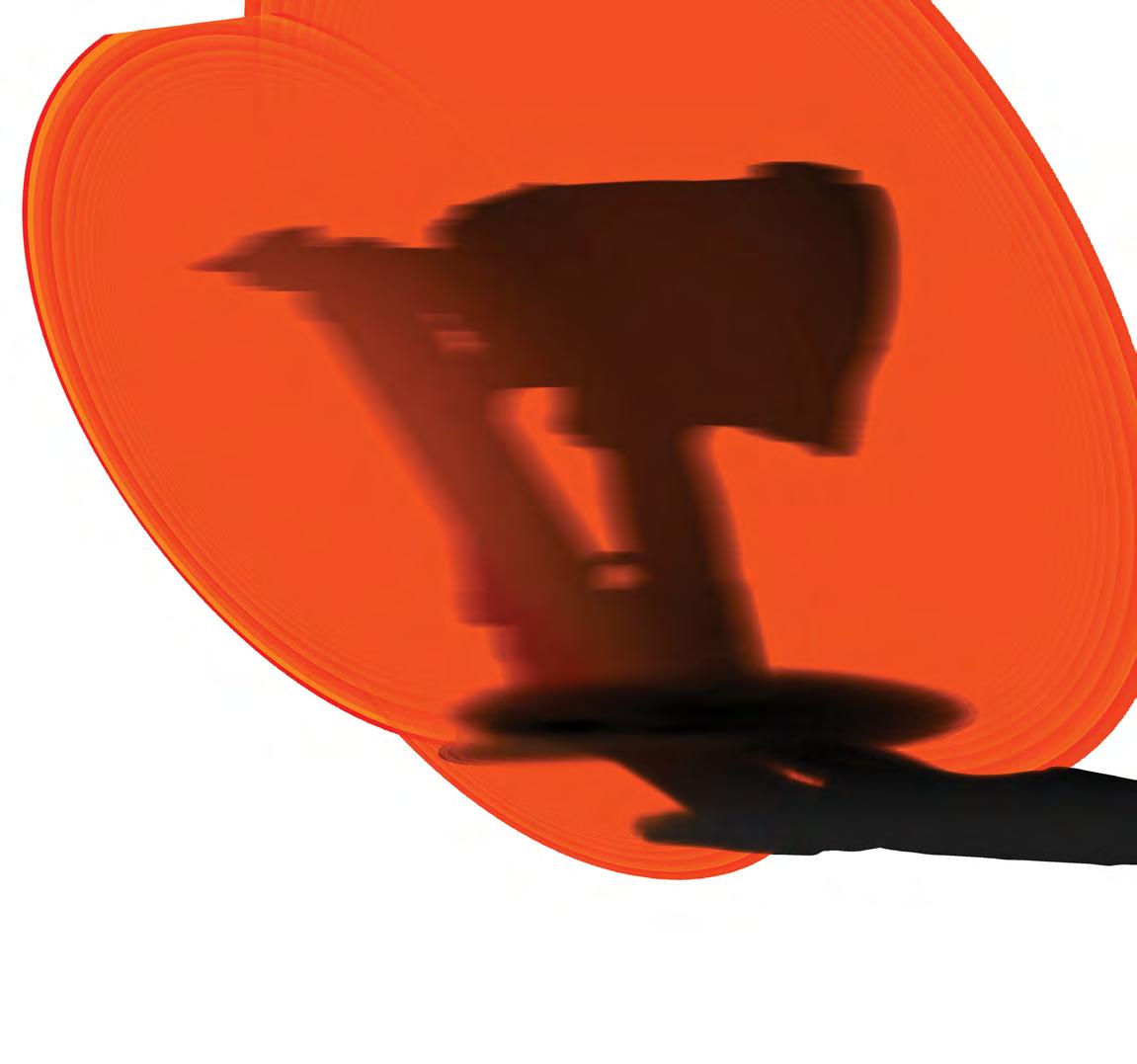
7 minute read
LET’S TALK ABOUT TAX
AUSTRALIAN TAXATION OFFICE ASSISTANT COMMISSIONER TIM LOH ANSWERS ALL THE IMPORTANT QUESTIONS ABOUT LODGING YOUR TAX RETURN THIS YEAR
Tax time is right around the corner. And whether you’re employed as a tradie, you’re a sole trader or running a company or trust, you’ll no doubt have some questions about what you can and can’t claim in your next return. Here to help is Tim Loh, Assistant Commissioner at the Australian Taxation Office (ATO), to explain your obligations at tax time. With tradespeople and the construction industry in mind, we will drill into the details of buying assets for your business, the records that you need to keep when claiming deductions, explain decline in value (depreciation) and help you understand personal services income.
And, if you’re one of the five million people who worked at least some of the time from home during the 2022/2023 tax period, then Tim’s explanation of recent changes to calculating your work-from-home deductions is essential reading.
QWhat are the general rules to keep in mind when claiming a deduction? Do the rules differ if I’m running a business or if I am an employee?
AIf you’re a business owner, you can claim a tax deduction for most expenses you incur in carrying on your business if they are directly related to earning your assessable income. When claiming a business expense, there are three golden rules to remember.
1 The money must have been spent for your business (not a private expense).
2 If it is for a mix of business and private use, you can only claim the portion that is related to your business.
3 You must have a record to prove it. If you’re an employee and you’re claiming a deduction, again there are three golden rules to remember.
1 You must have spent the money yourself and were not reimbursed.
2 The expenses must directly relate to earning your income.
3 You must have a record to prove it (such as a receipt).
QFor business owners who can claim home-based business expenses, what is the difference between running expenses and occupancy expenses? When can you claim both?
AIf you operate one or more businesses from home, you may be able to claim the business-use portion of expenses you incur which relate to the use and ownership of your home. This includes the following: Running expenses: expenses related to the use of facilities within the home, including electricity, gas, stationery, computer consumables, phone and internet usage, and the decline in value of assets.
Occupancy expenses: expenses relating to the ownership or use of your home, including mortgage interest or rent, council rates, land taxes and home insurance premiums. You can claim both running expenses and occupancy expenses if you have an area of your home set aside exclusively as a ‘place of business’. If you do not have an area set aside exclusively as a ‘place of business’, you may still be entitled to claim a portion of your running expenses. However, keep in mind that you may not be able to claim occupancy expenses if personal services income (PSI) rules apply to the income of your business. (See PSI question, opposite page.) Be aware that you may have to pay capital gains tax (CGT) when you sell your home if you used part of your home for business purposes.
NOTE To read more, visit ato.gov.au and search ‘homebased business expenses’.
QCan you claim improvements or renovations to the business area of your home? For example, converting a garage into a business-only workshop or client-facing home office.
AYes, there are special rules that may allow you to claim deductions over time for the cost of renovations or improvements done to convert part of your home to a place of business. However, if you do convert your home to a place of business, it will likely impact your entitlement to the main residence exemption for CGT purposes when you sell your home.
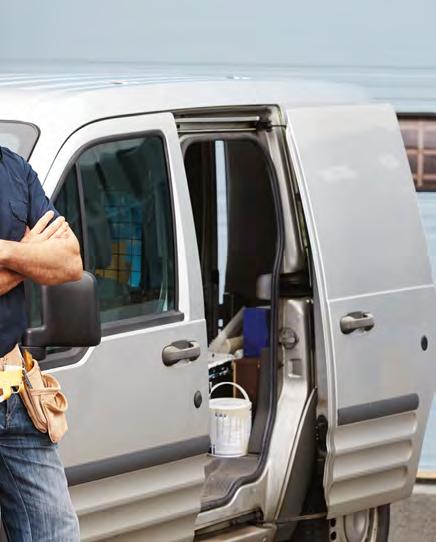
NOTE To understand what you may be entitled to claim, the records you need to keep and how this will impact your entitlement to the main residence exemption, visit ato.gov.au and search ‘capital works deductions’.
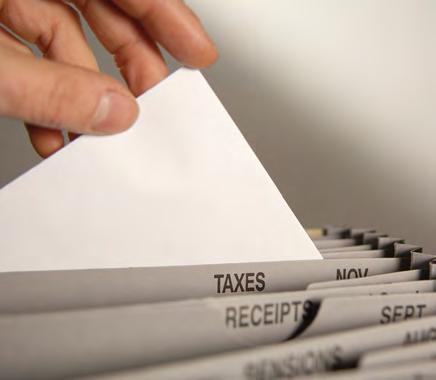
QWhat advice can you offer to employees and smallbusiness owners to assist with their record-keeping?
AKeeping records is essential, and while the old ‘throw the receipts in the glove box’ trick might have worked for you in the past, my advice would be to keep digital records. This has many advantages and there are a range of options to choose from. For example, record-keeping software. Some software allows you to securely send, receive and store eInvoices, simplifying your invoicing process and record-keeping.

If you’re an employee or sole trader, the myDeductions tool within the ATO app helps you keep and organise your tax records on the go by simply snapping a photo. You can even upload your records straight to your tax return or to your registered tax agent. This is a real time saver.
Remember to back up your digital records to keep them safe from flood, fire or theft. Generally, you will need to keep records for five years from the date your tax return is lodged.
In addition to keeping your records, the ATO app has several other helpful features and tools you can use to keep on top of your tax and super.
NOTE To learn more, visit ato.gov.au and search ‘digital record keeping’.
QAnd what about Personal Services Income (PSI)?
What is it and how do you know if it applies to you?
AIf more than half the income you’ve received from a contract is a reward for your personal efforts or skills (rather than from the use of assets, the sale of goods or from a business structure), then your income is classified as personal services income (PSI). You can receive PSI in almost any industry, trade or profession. For example, as a construction worker, engineer, financial professional or IT consultant.
PSI rules help keep a level playing field among individuals. They do this by preventing PSI from being diverted or split with other individuals or entities in an attempt to pay less tax. The PSI rules can affect the deductions you claim and how you report your PSI in your tax return. If you earn PSI, it’s important to check whether these rules apply to you.
NOTE For more information, visit ato.gov.au and search ‘personal services income’, or talk to your registered tax agent or local industry association.
QThere were some recent changes to the way taxpayers calculate their deductions for working-from-home expenses. What can an employee claim when they work from home?
AIf you’re eligible to claim workingfrom-home expenses, you can use either the revised fixed-rate method or the actual cost method to calculate your deduction.
The revised fixed-rate method allows you to claim 67 cents per hour worked from home, which covers your electricity, gas, stationery, computer consumables, internet and phone usage. You can also separately claim a deduction for expenses that are not included in the hourly rate, for example, the decline in value of depreciating assets, such as a laptop or office furniture.
As the name implies, the actual cost method allows you to claim a deduction for the actual expenses you incur as a result of working from home, but this method will probably require a bit more work to calculate your deduction.
You can choose the method that gives you the best outcome, as long as you meet the eligibility and recordkeeping requirements.
NOTE Visit ato.gov.au/home to learn more about which method is right for your circumstances.
QWhat records do employees need to keep to back up their workingfrom-home deduction?
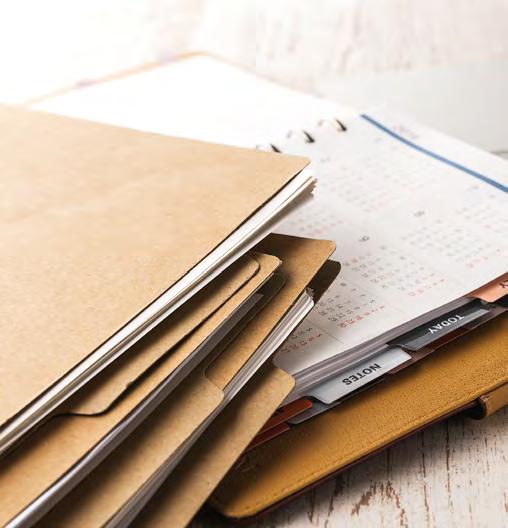
AThe records you need to keep will depend on the method you use. If you’re using the revised fixed-rate method, you’ll need to have a record showing the total number of hours you
If you work from home, there are a couple of ways to approach deductions worked from home during the income year using a diary, timesheet roster or similar. However, there is a transitional arrangement in place for July 1 2022 to February 28 2023 only, allowing you to keep a representative record (for example, a diary or similar) for a four-week period. For the remainder of the year, you’ll need the full records.
You’ll also need to keep one bill or invoice for each of the expenses you incurred that are covered by the revised fixed rate (such as a phone or internet bill), and records for any other expenses not covered by the hourly rate that you claim separately. For example, if you are claiming the decline in value of depreciating assets, you will need to keep records for the purchase of those assets, and records which show your work-related use.
The actual cost method requires more detailed calculations and records. For example, you will need to know and have records of the cost per unit of electricity and average units used per hour.
NOTE You can read more about the records required at ato.gov.au/home.
QLet’s talk about depreciation and temporary full expensing rules – how does it work?
AIf you’re an employee, you can claim a deduction for tools or equipment if you use them for work purposes. If a tool or item of equipment is only used for work and:

Costs more than $300: you can claim a deduction for the cost over a number of years (that is, decline in value or depreciation)
Costs $300 or less: you can claim an immediate deduction for the whole cost of the work product.
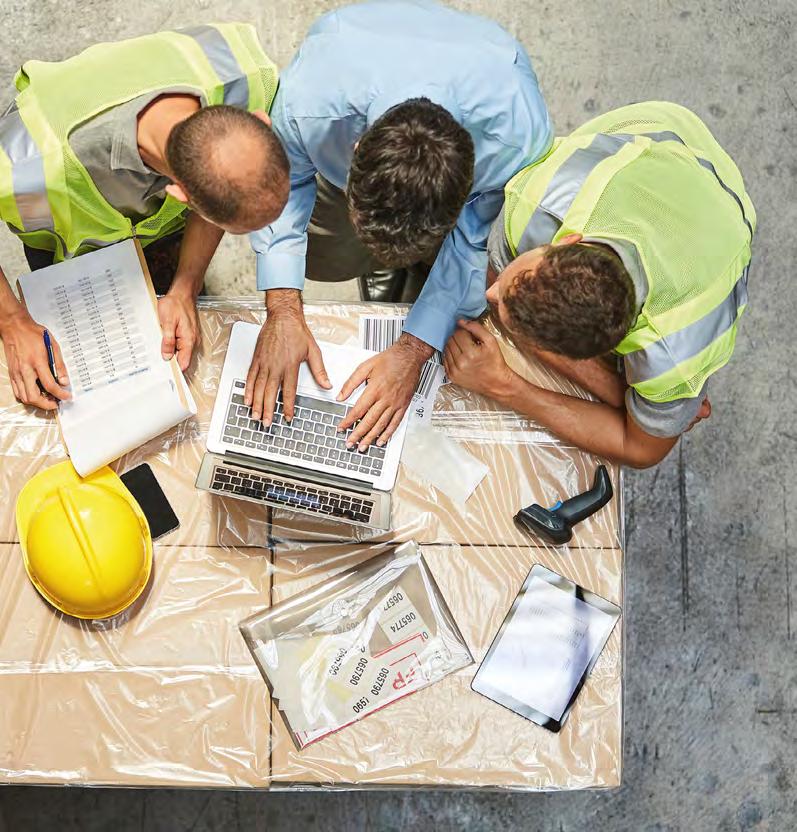
If you are buying depreciable assets for your business, such as tools or machinery, you can immediately deduct the business portion of the cost of the asset under temporary full expensing rules – but you need to meet the eligibility criteria. The rules apply to new depreciable assets and the cost of improvements to existing eligible assets that are first used or installed by June 30 2023. It also applies to second-hand assets if you’re a small business.
Eligible assets include most assets used in the running of a business, such as tools for use on a worksite, like drills, ladders and toolboxes; equipment, including a fridge or a grill; and shelving and storage.
NOTE Visit ato.gov.au/tradies to learn more.
QFinally, when do you recommend is the best time to lodge your tax return?
AIf you lodge your own tax return, the best time to do it is from late July, when information from employers, banks, health funds and government agencies is automatically pre-filled into your tax return. All you need to do is check your information is correct and add anything that’s missing. We see lots of people making mistakes when they rush to lodge in early July, which can also delay your return from being processed. But if you wait just a few weeks, most of this information should be there waiting for you. Lodging at the end of July will also give you time to find those receipts for work-related expenses since July 1 last year to maximise your tax deductions.
If you use a registered tax agent to lodge your return, they will work with you to determine the best time to lodge it.
Ideal for: Architraves, Beading, Mouldings, Skirting Boards, Quads, Panelling and Stair Rails


